Toyota launches electric van based on the Ducato
It has been known since May 2022 that the cooperation between Stellantis and Toyota is to be extended from the small panel van models and vans in the five-metre class to the large models. With the debut of the Proace Max model, however, Toyota waited for the major drive update that Stellantis presented at its “Commercial Vehicles Ambition Day” in October.
In other words, the all-electric version of the Proace Max uses an electric motor with 200 kW and a battery with 110 kWh capacity, which should enable a WLTP range of up to 420 kilometres. The 37 and 70 kWh battery variants previously offered in the Fiat E-Ducato (and its sister models) have been discontinued without replacement and are therefore no longer used by Toyota. The battery can be charged with up to 150 kW, a charging process to 80 per cent should take 55 minutes. An 11 kW onboard charger is installed for AC charging.
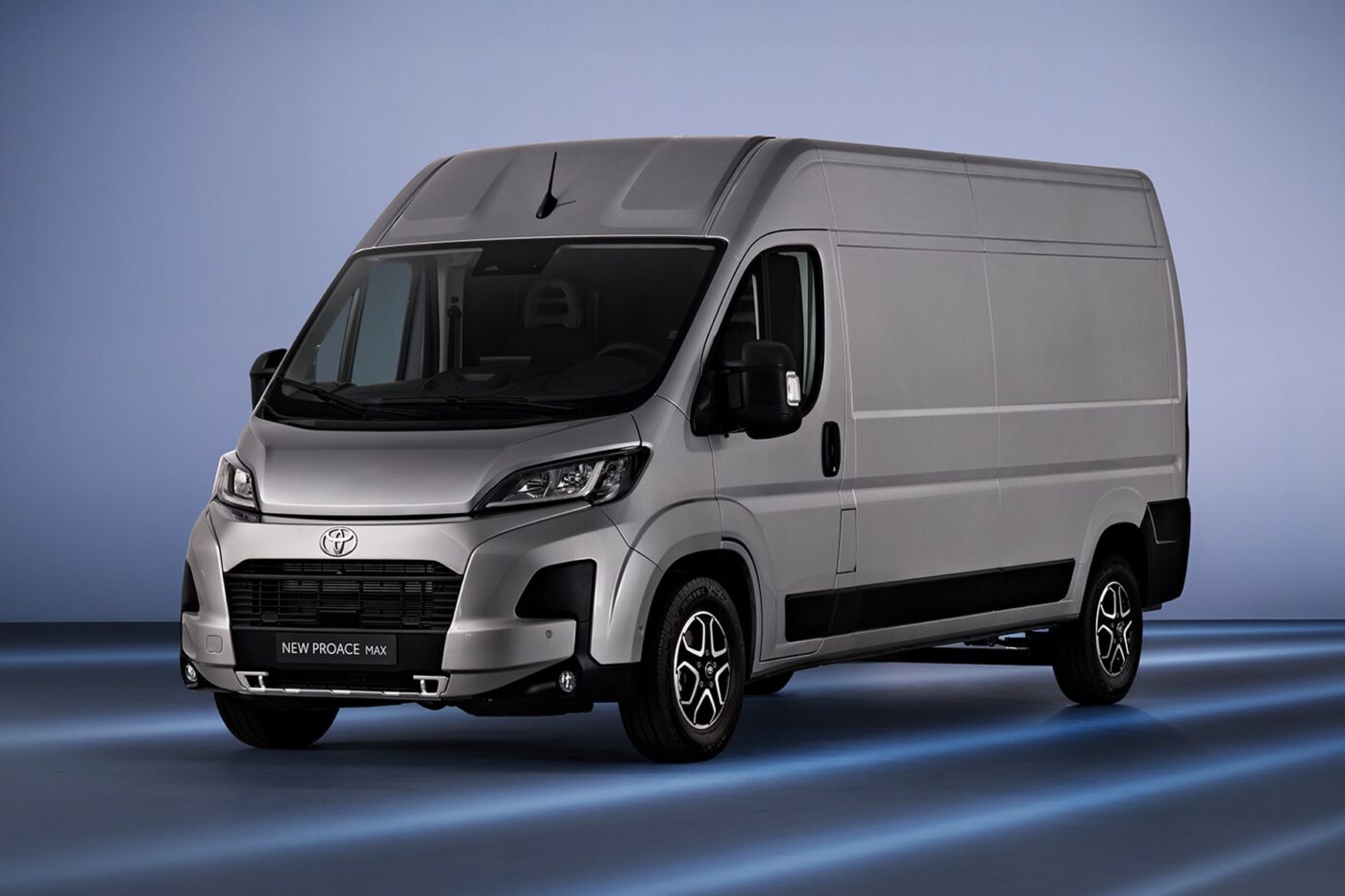
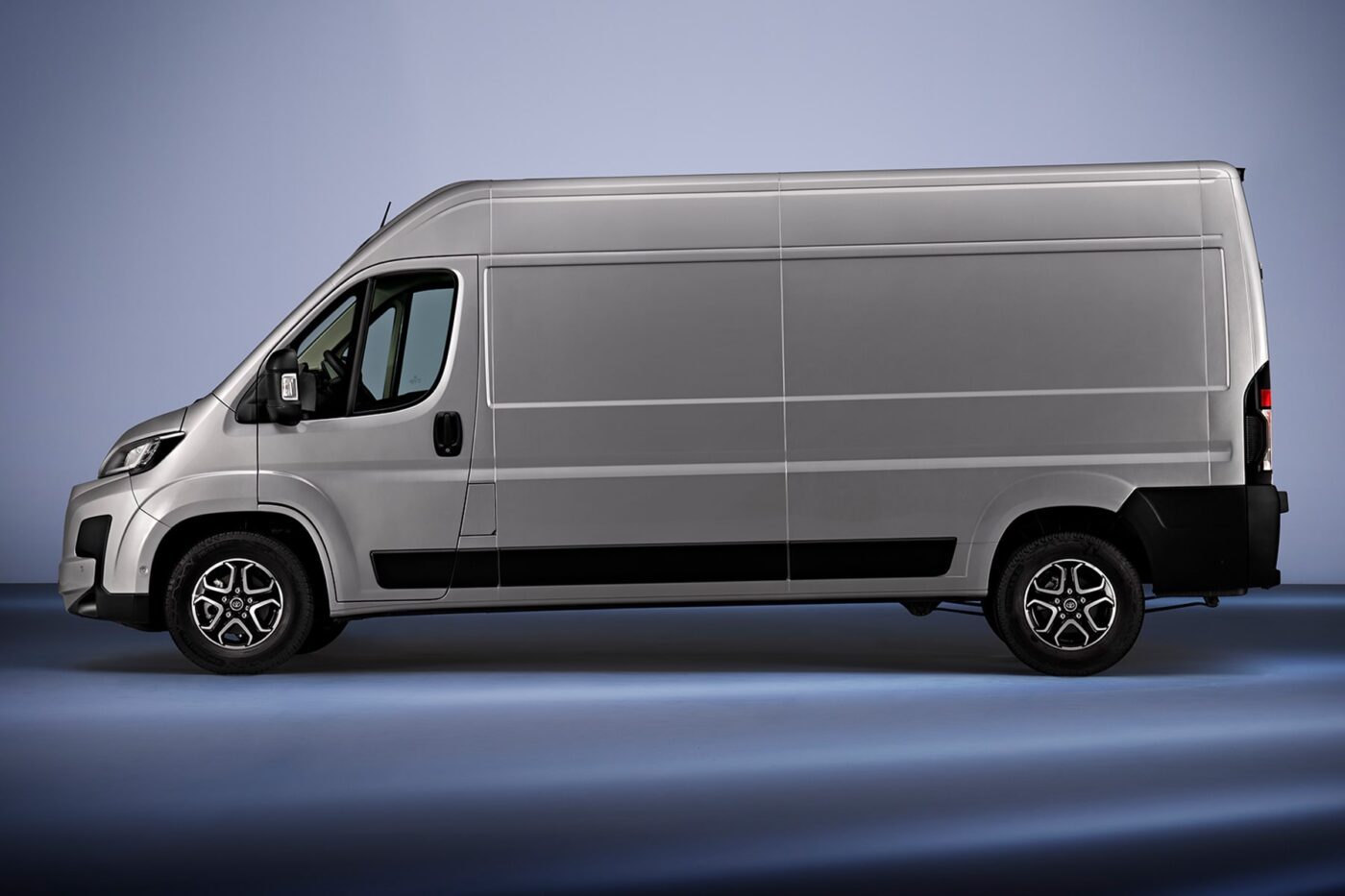
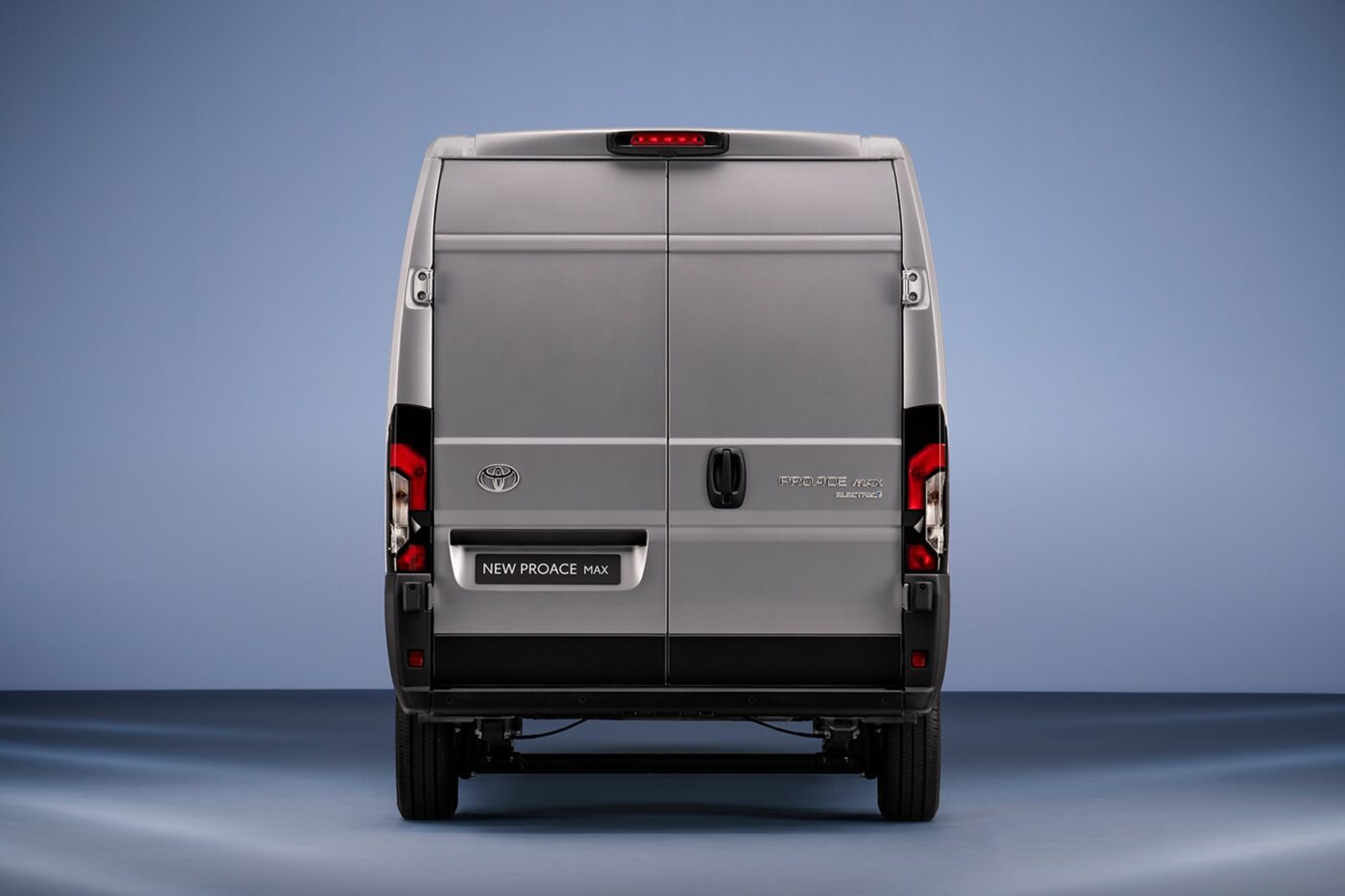
From mid-2024, there will also be a hydrogen version of the Stellantis models with a fuel cell-electric drive. Whether fuel cell pioneer Toyota will also adopt the fuel cell drive system from Stellantis is not clear from the announcement at the premiere of the Proace Max.
Instead, details of the six body configurations are given. Customers can choose from two wheelbases (3,450 millimetres and 4,035 millimetres), three lengths (5,413 millimetres, 5,998 millimetres and 6,363 millimetres) and three heights (2,254 millimetres, 2,524 millimetres and 2,764 millimetres). This results in a maximum load volume of 17 cubic meters or enough space for five Euro pallets. In addition to the panel van, the Proace Max is also available as a chassis for multiple superstructures, as a platform truck and as a tipper – each as a single or double cab with a total of up to 7 seats.
The gross vehicle weight rating for the BEV version is 4,250 kilogrammes. Toyota specifies the payload as 1,500 kilogrammes and the towing capacity as 2,400 kilogrammes, however, these values may vary slightly depending on the body selected.
The Proace Max will be produced at the Stellantis plants in Gliwice, Poland, and Atessa, Italy. The market launch is planned for the second half of 2024.
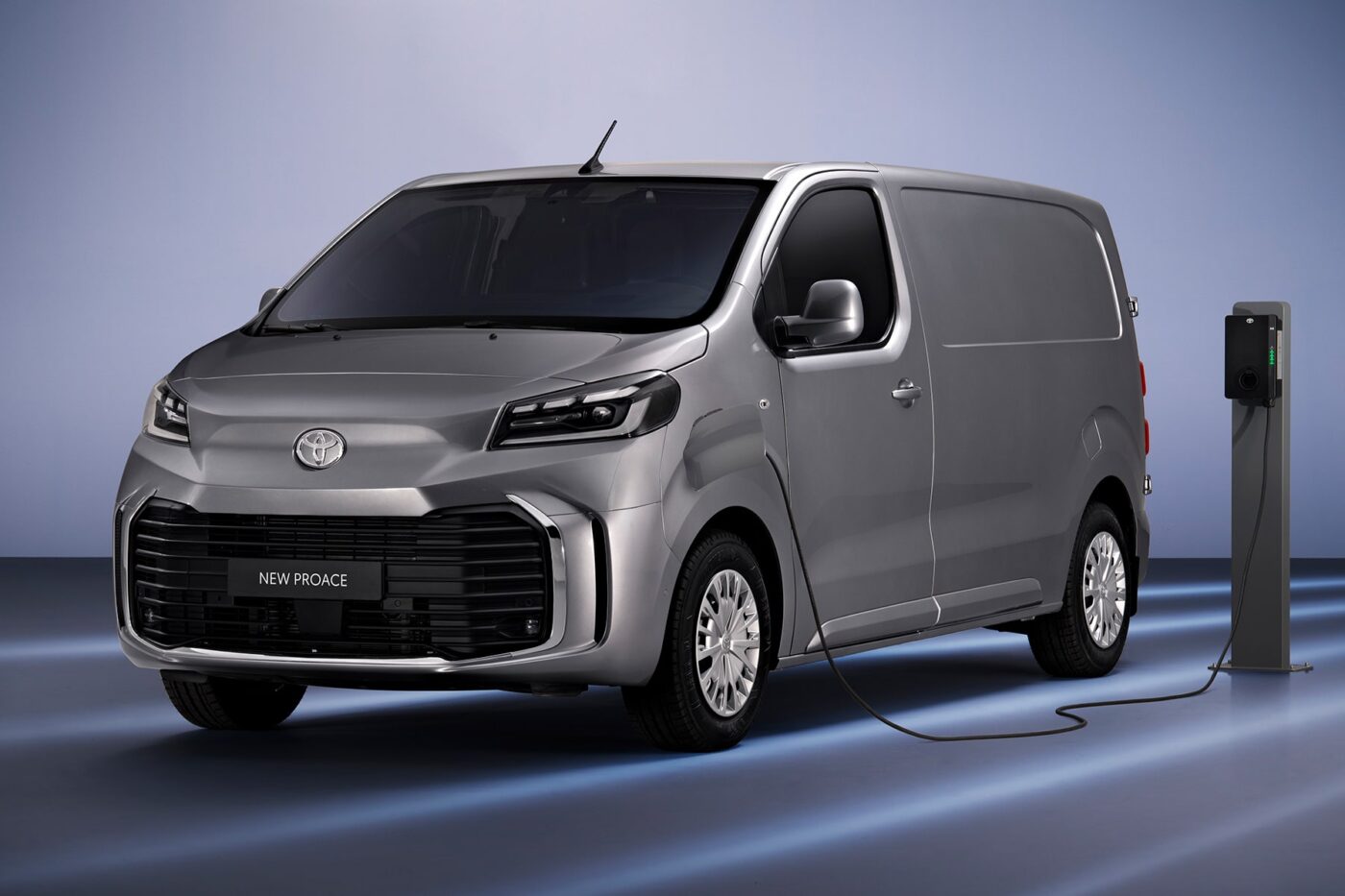
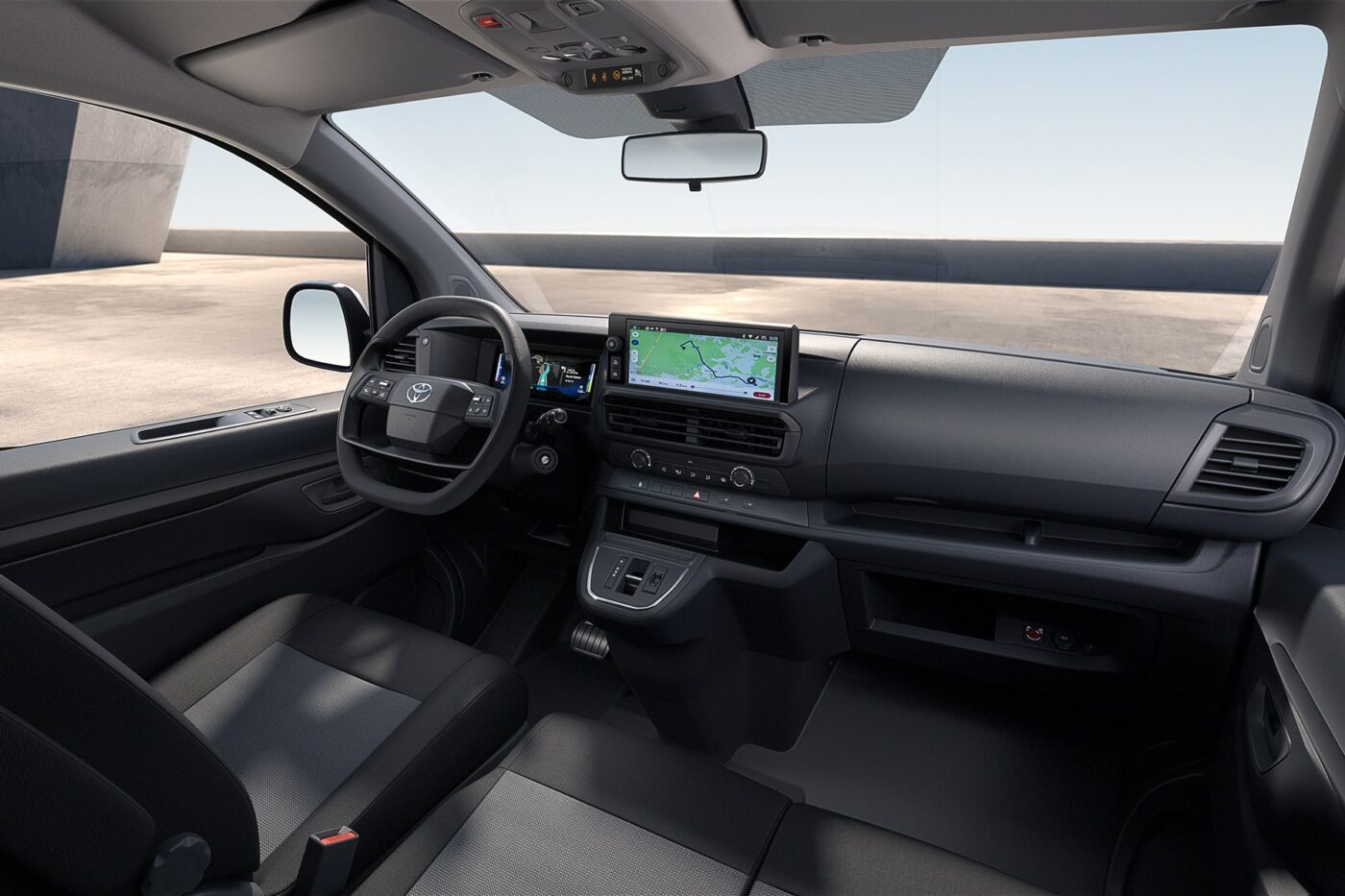
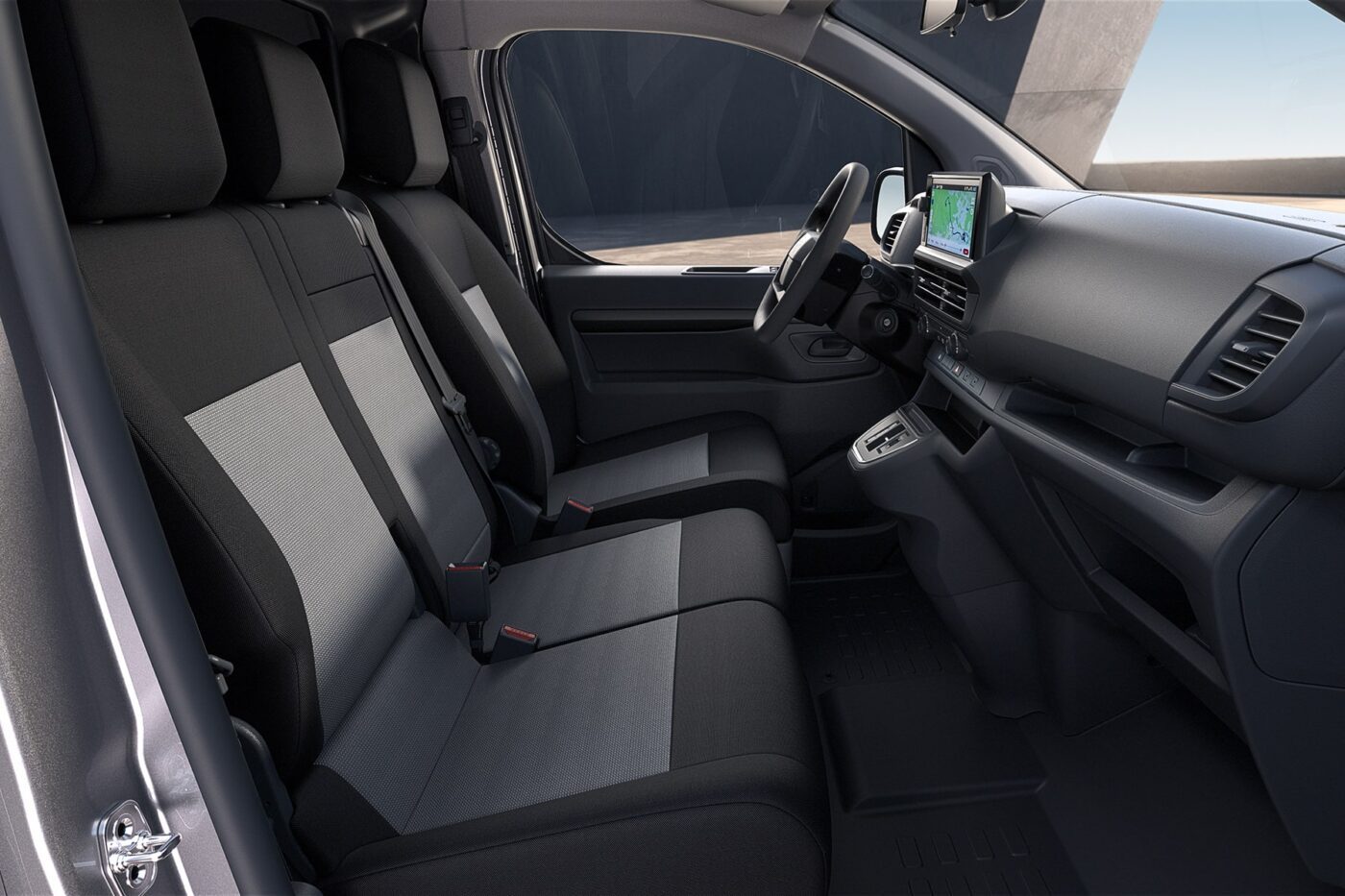
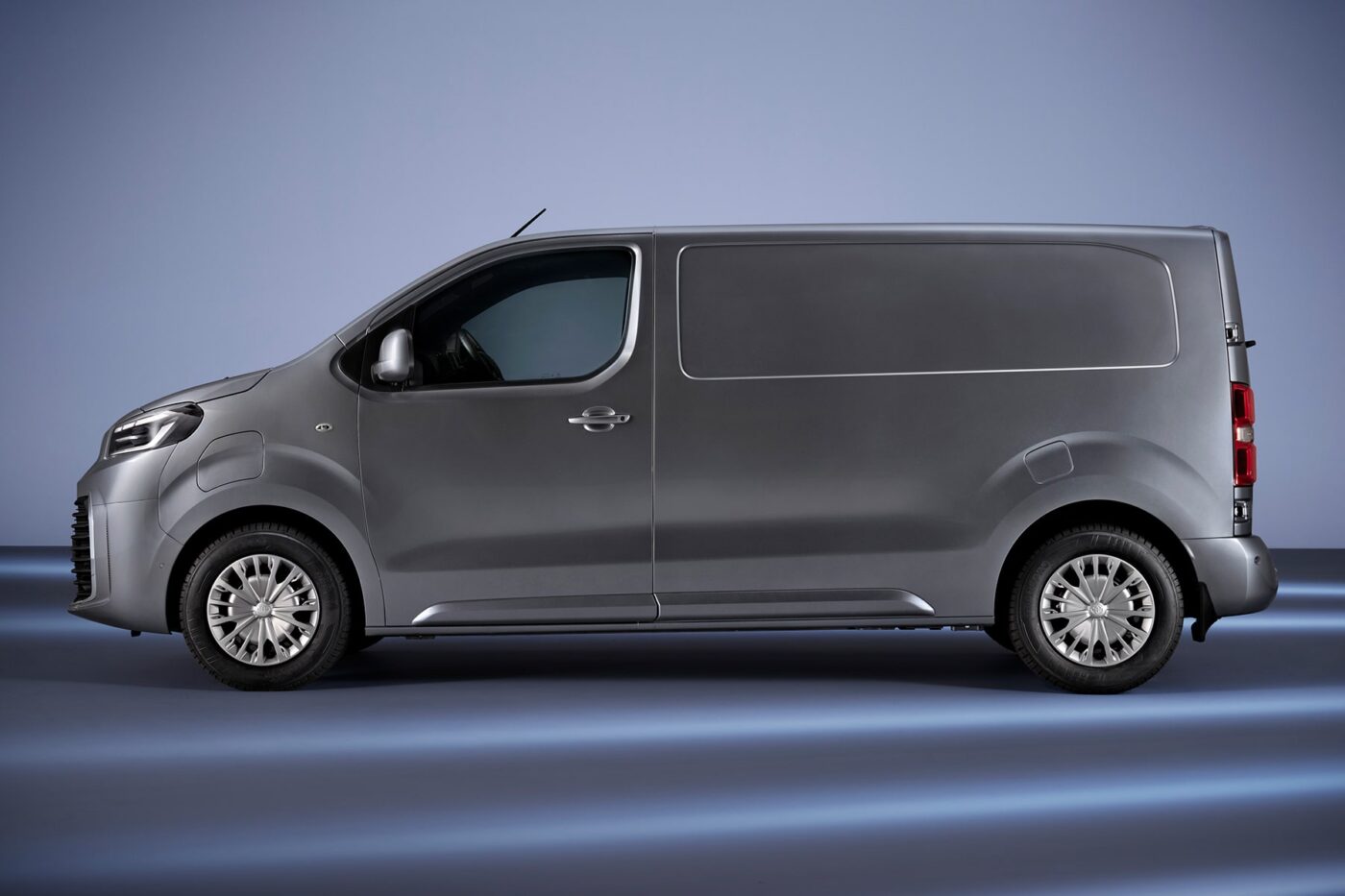
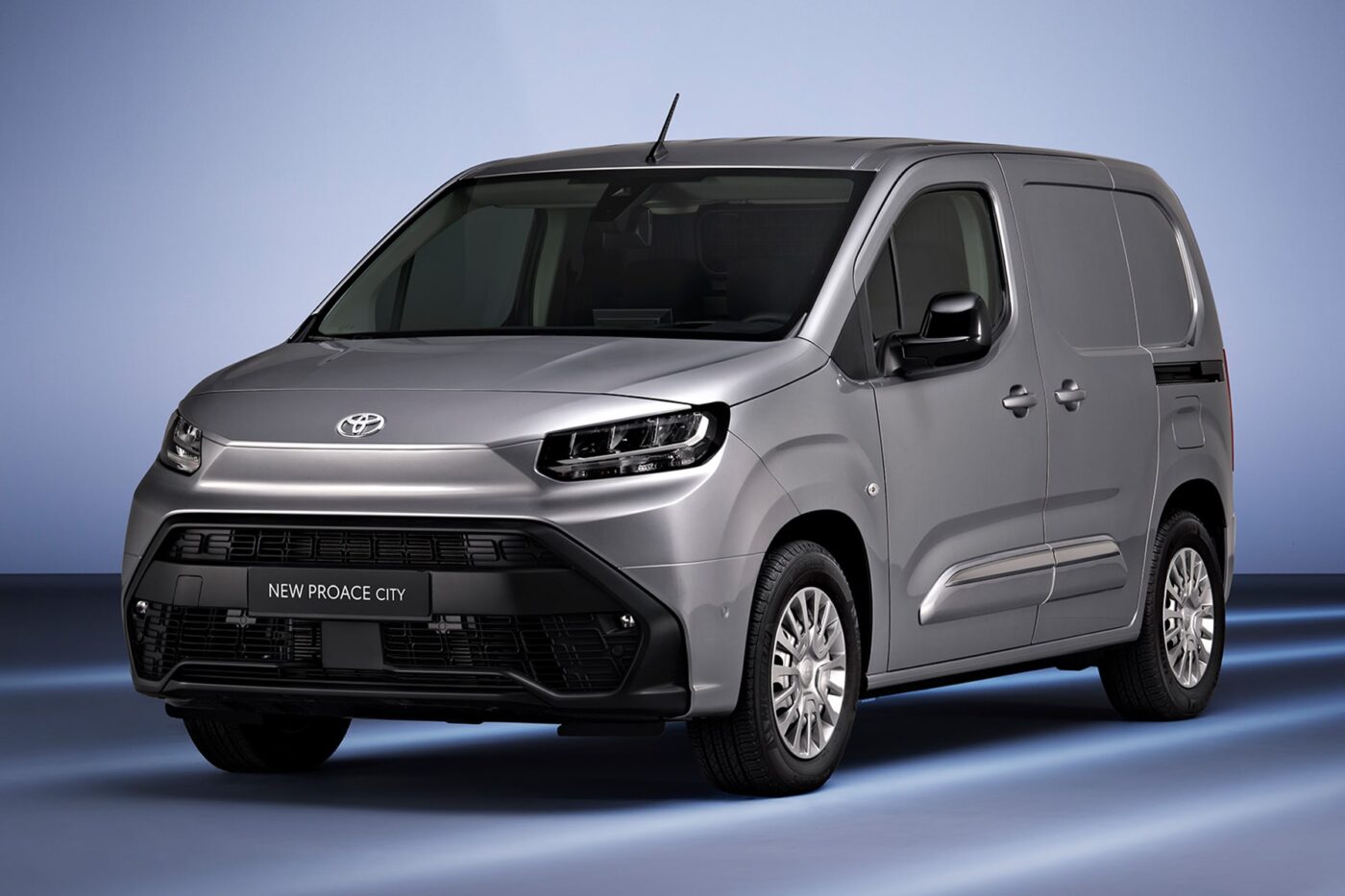
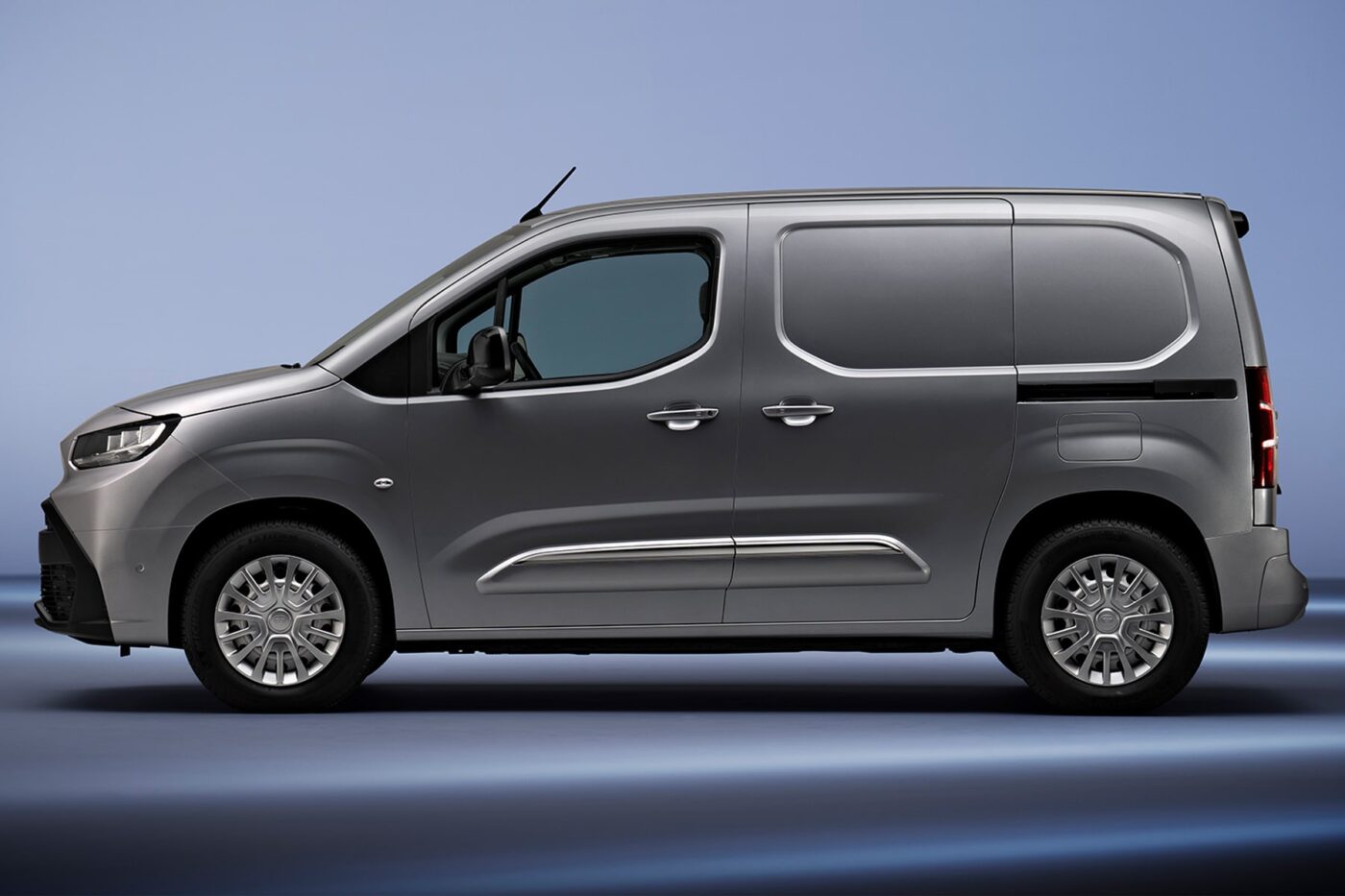
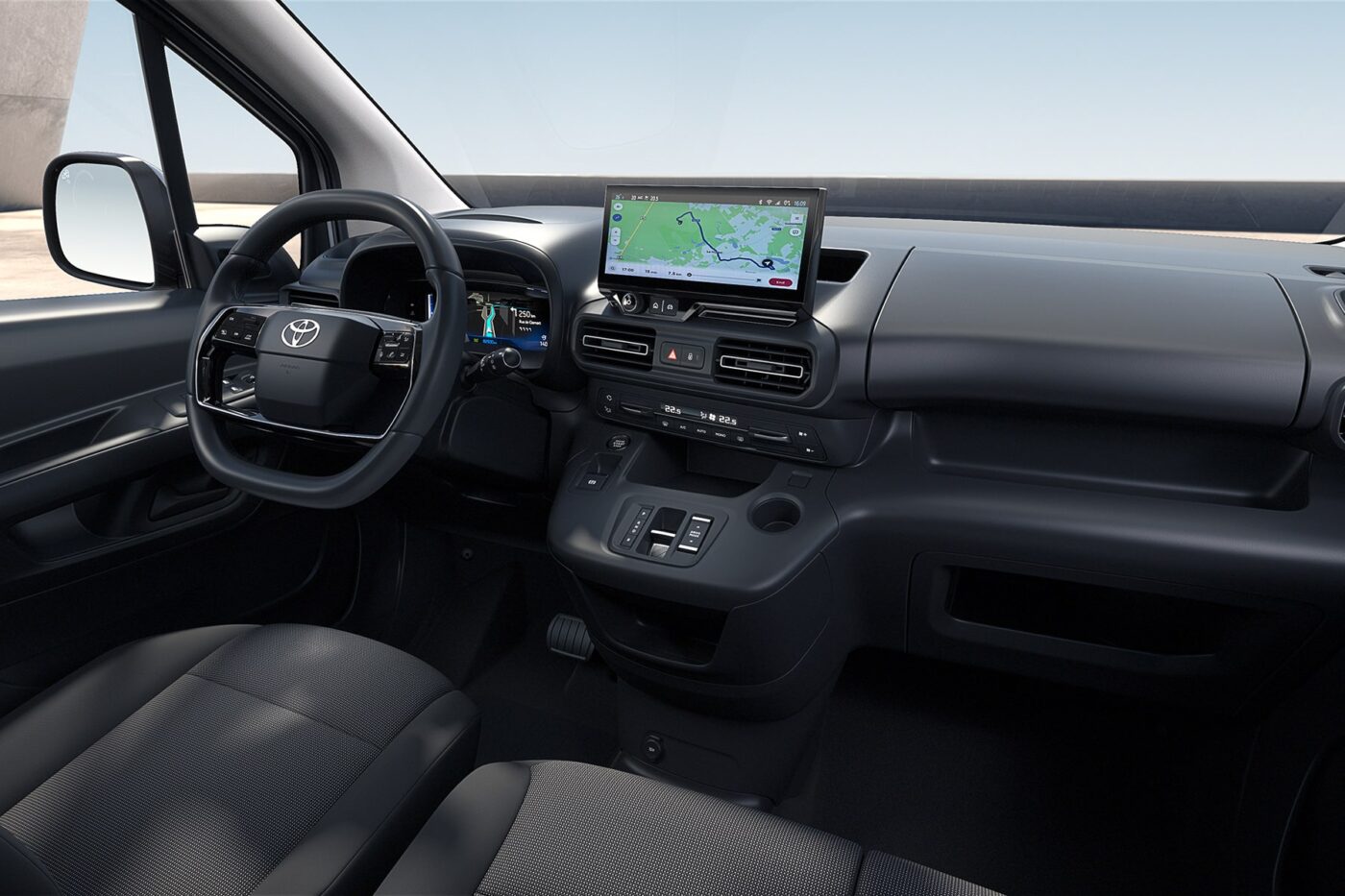
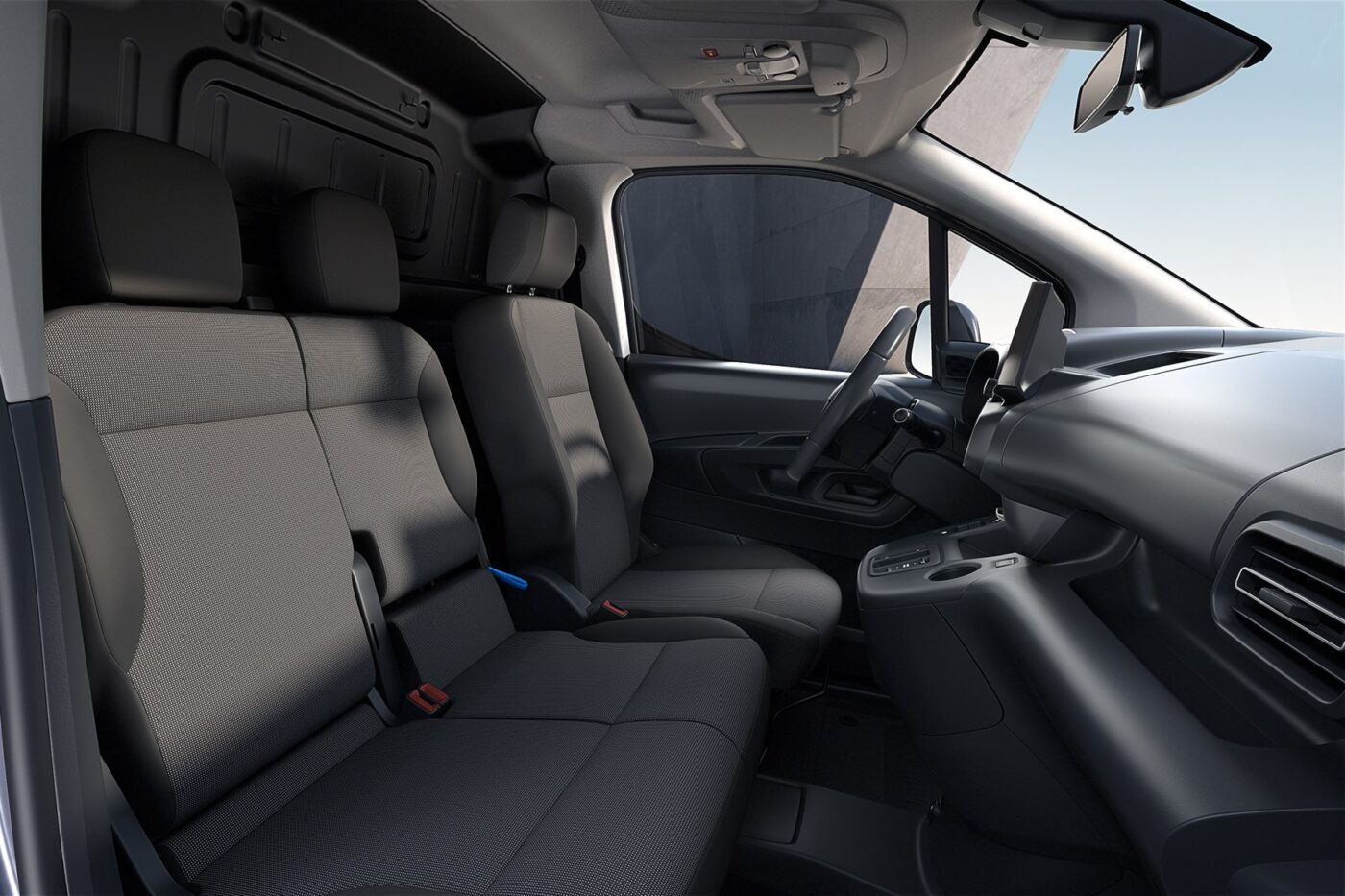
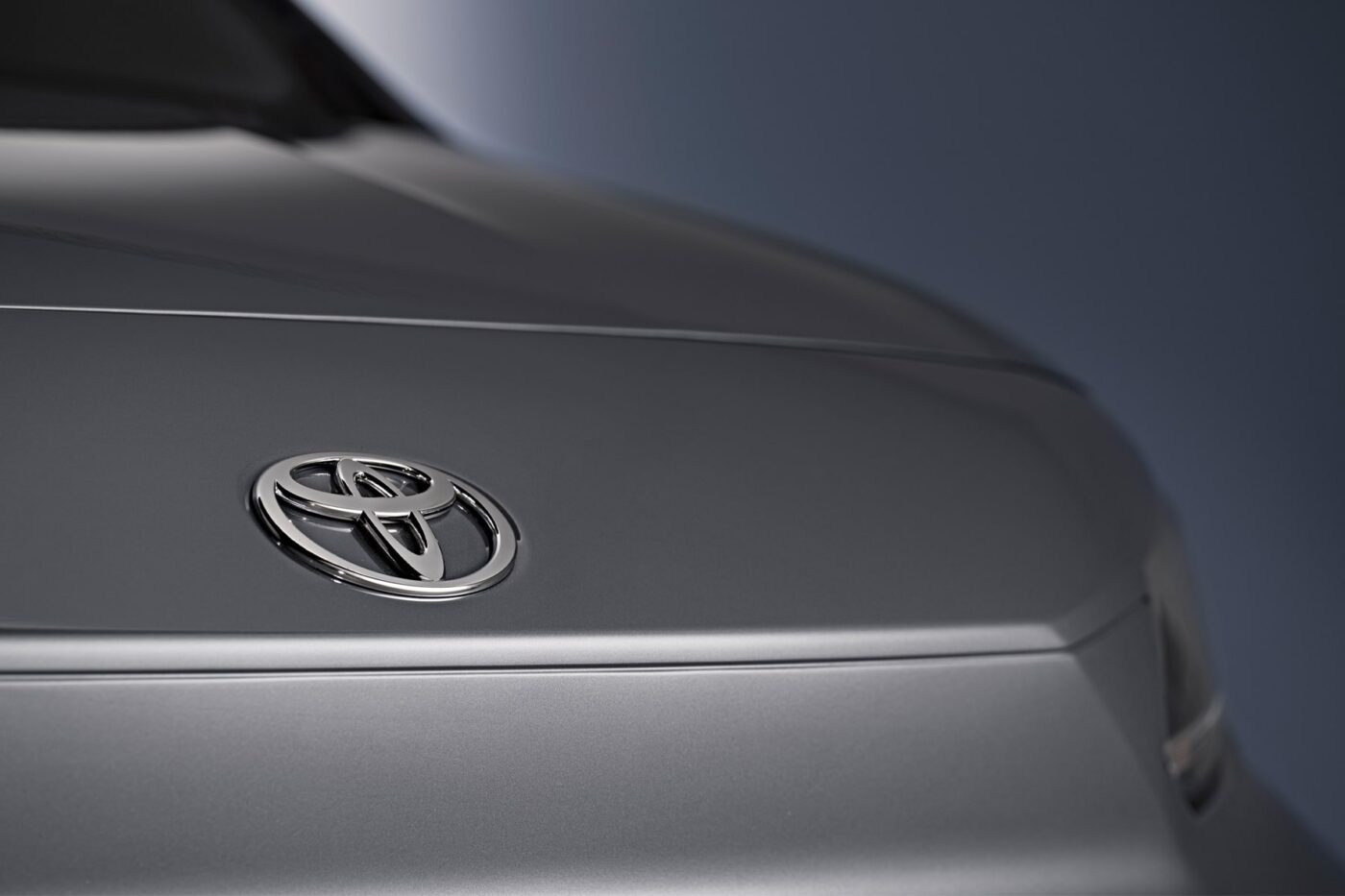
The electric versions of the two smaller models, Proace City and Proace, will also receive the updates that Stellantis announced for its brands at the “Commercial Vehicles Ambition Day”. In the case of the Toyota offshoots, a new design has been added and the small radiator grille between the headlights is now closed.
Thanks to the improvements, the range of the Proace City has been increased by 50 to 330 kilometres. The three-seater panel van offers a payload of up to one tonne and 4.4 cubic meters of cargo space. The larger Proace has a range of up to 350 kilometres. The load compartment volume of the panel van is up to 6.6 cubic meters, and the payload is up to 1.4 tonnes.

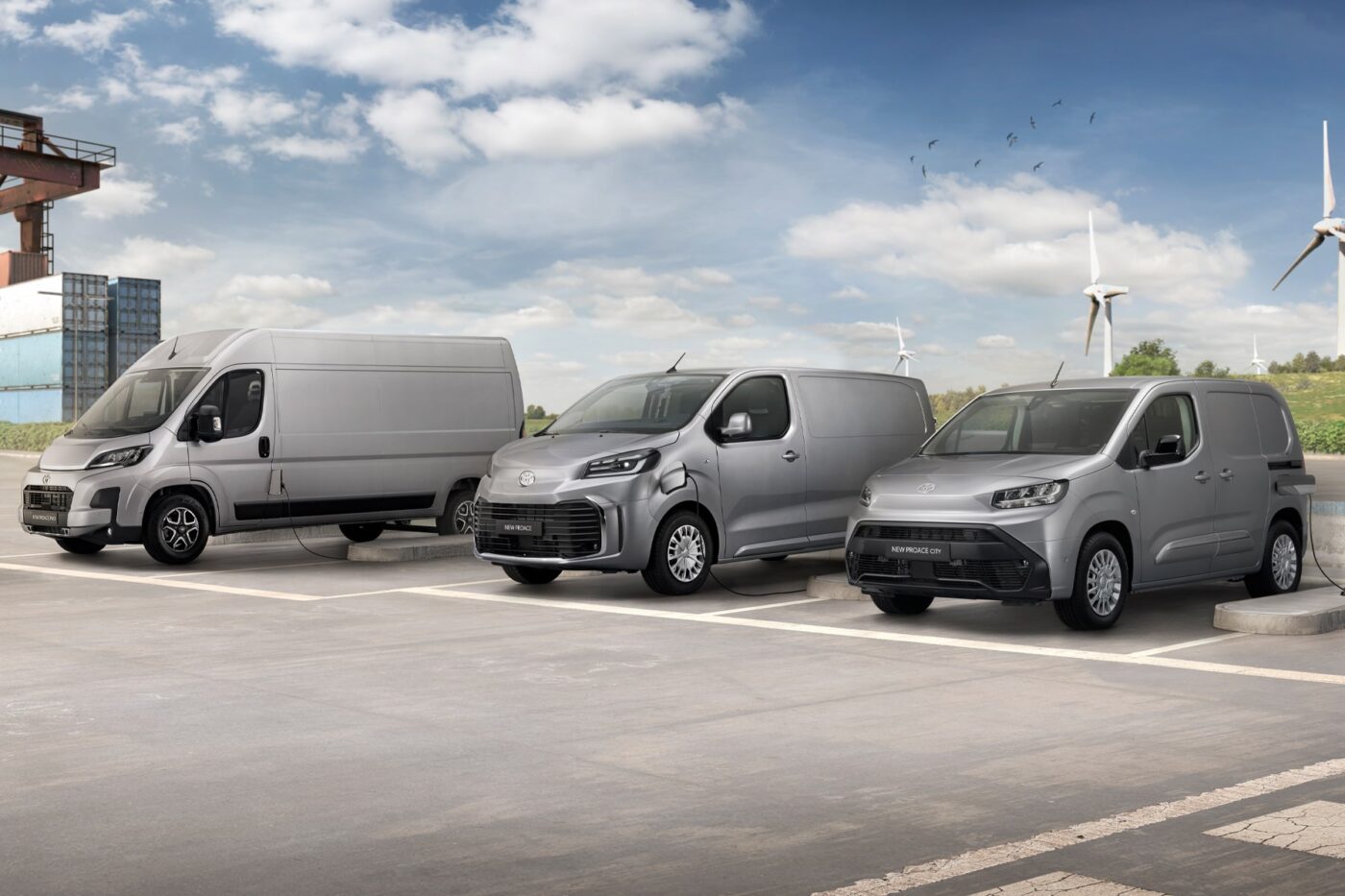
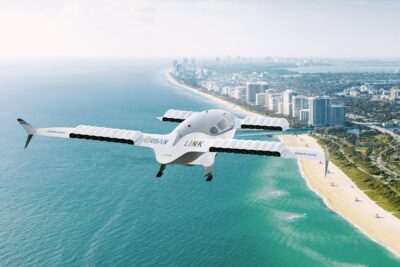
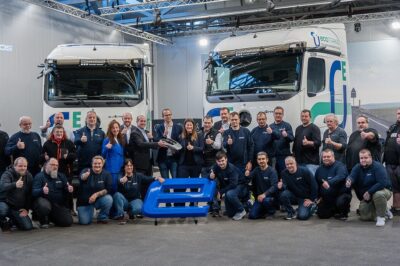
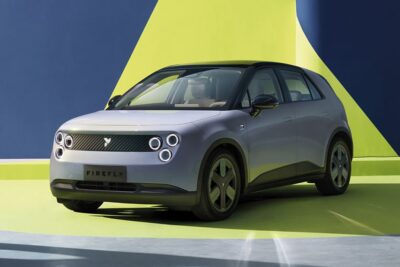
0 Comments